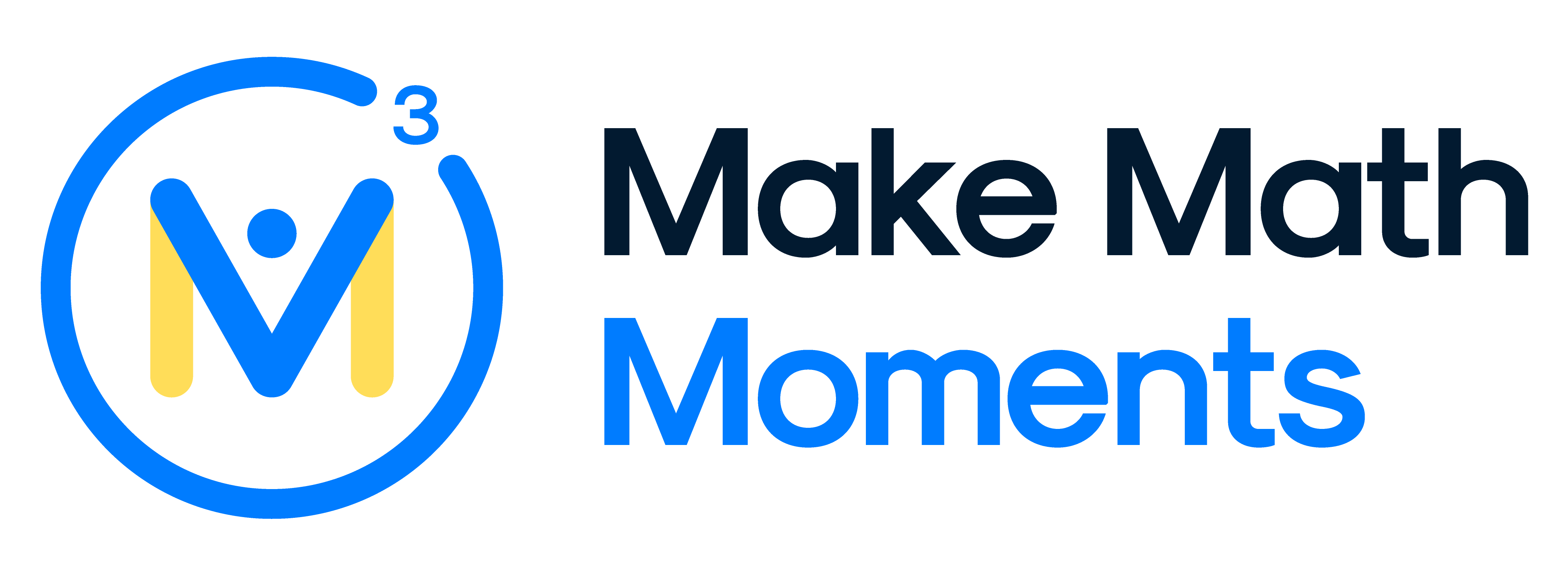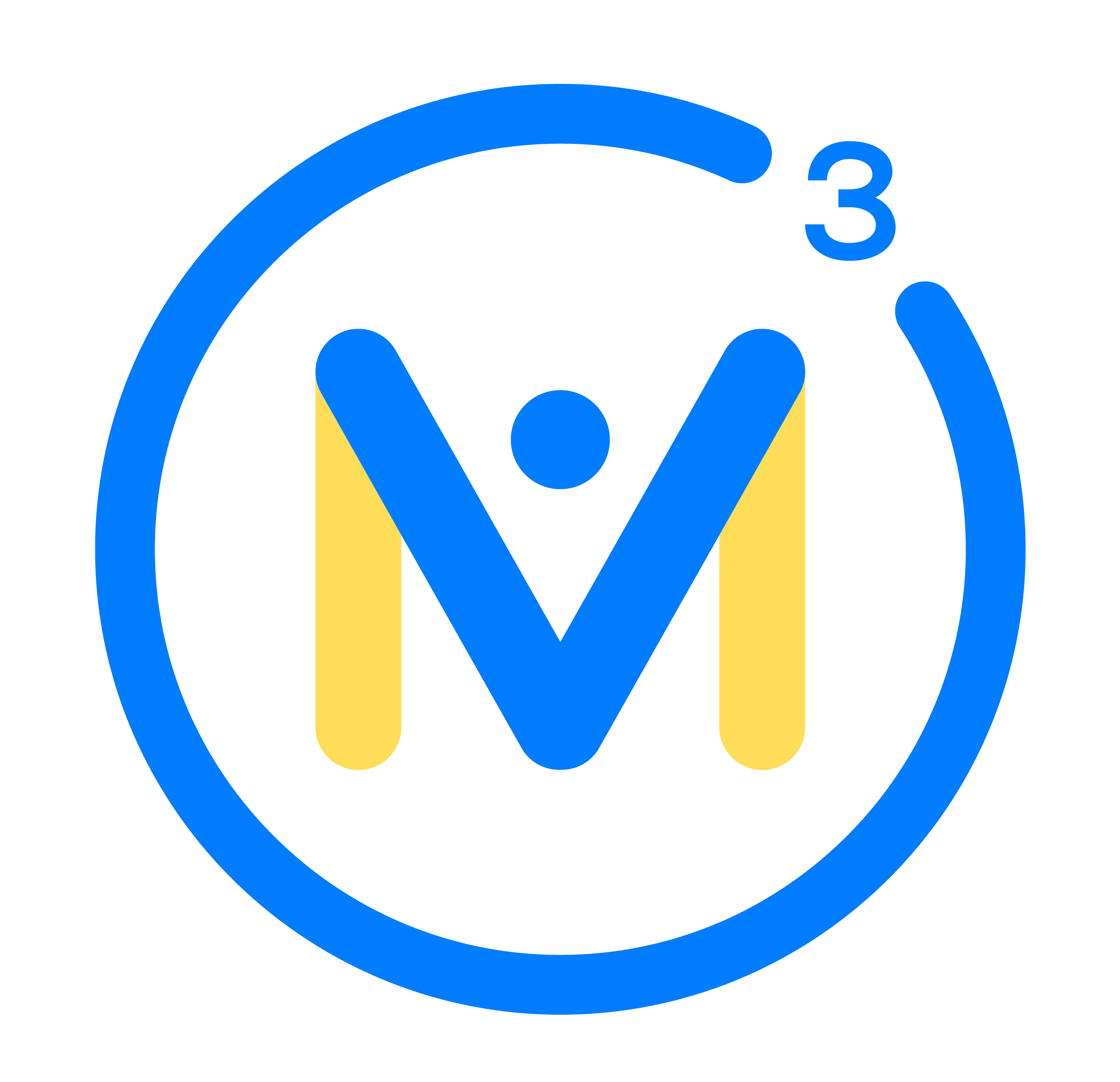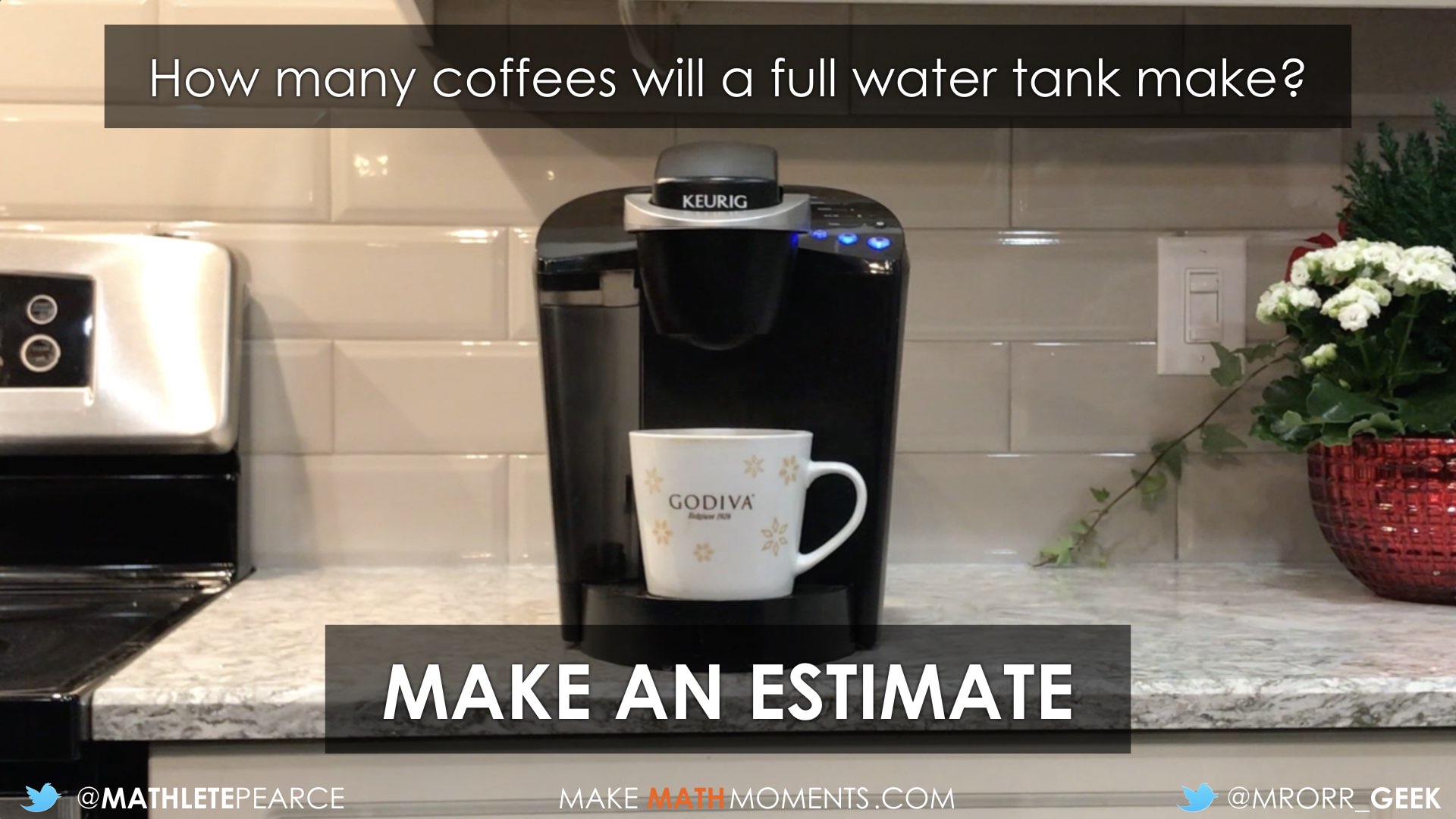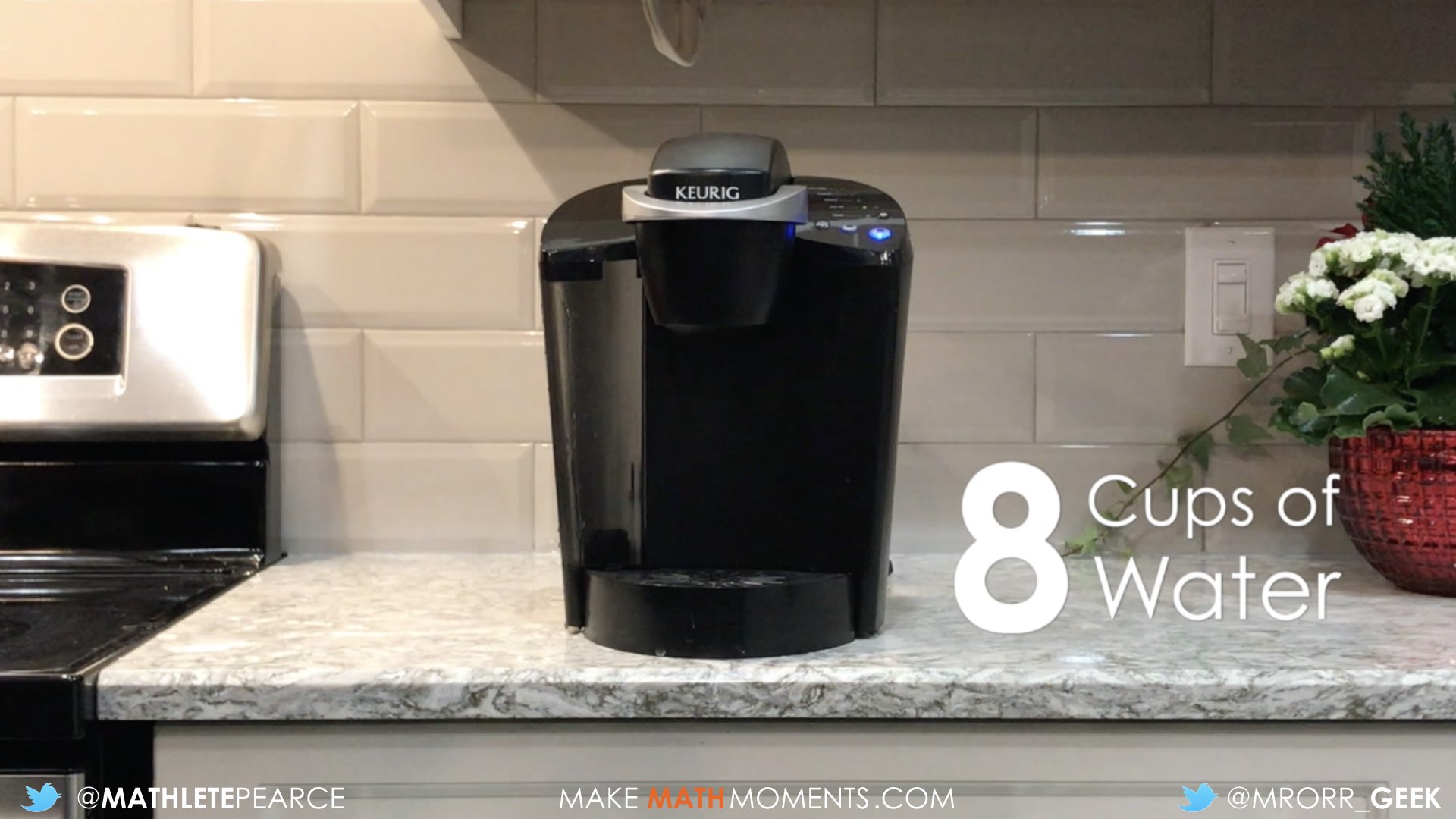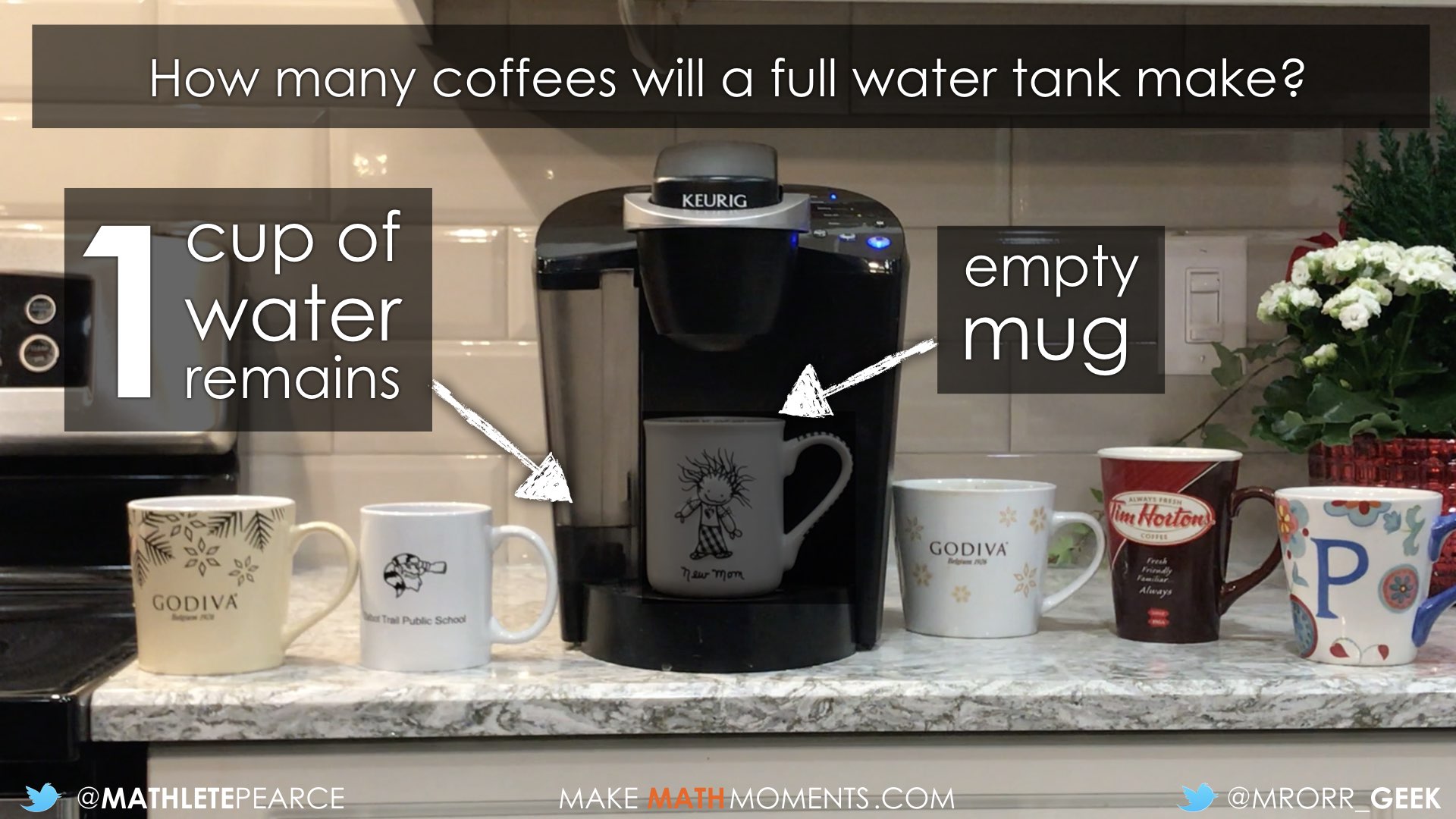SNACK TIME [DAY 3]
WHOLE NUMBER PARTITIVE DIVISION RESULTING IN A FRACTIONAL
Dividing whole numbers through partitive division resulting in a fractional quotient.
Intentionality
Spark Curiosity
Fuel Sensemaking
During Moves
Student Approaches
Next Moves
Consolidation
Reflect and Consolidation Prompts
Resources & Downloads
Educator Discussion Area
Intentionality & Unit Overview
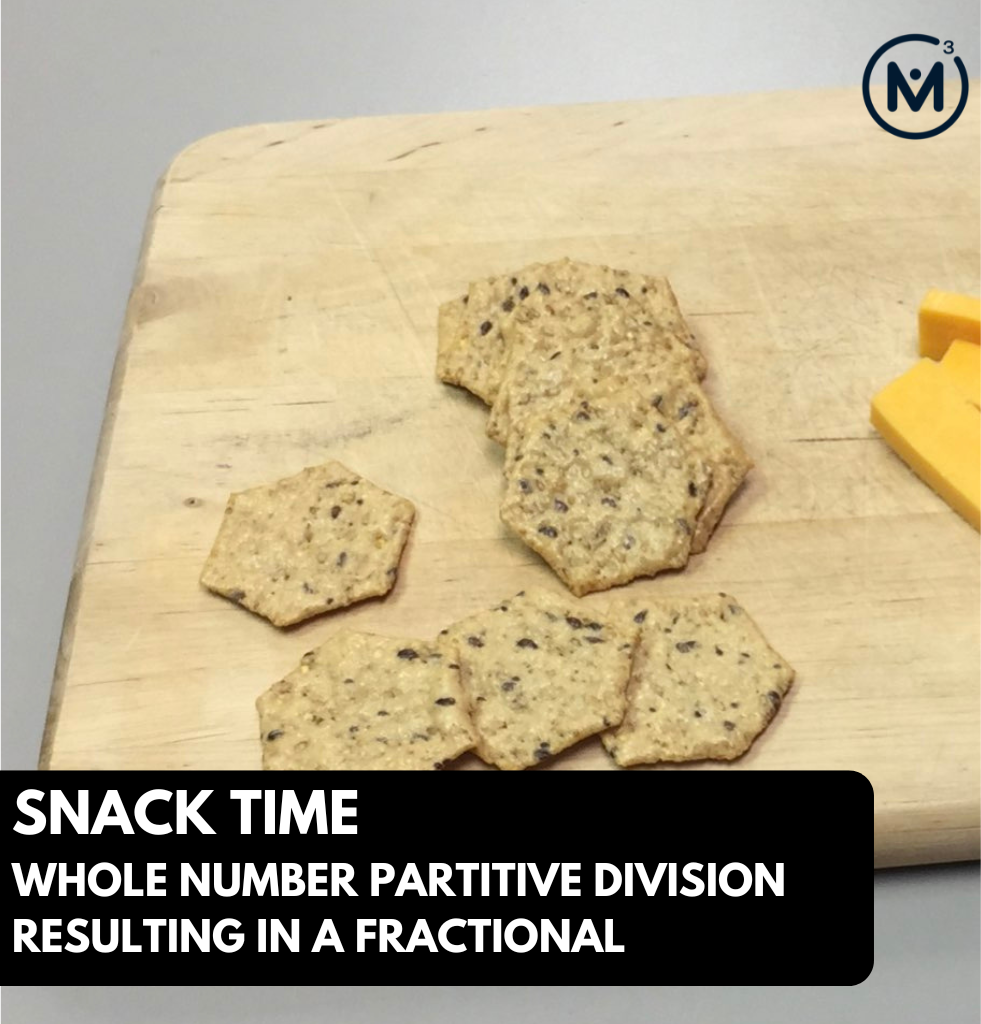
Length of Unit: 5 Days
Access each lesson from this unit using the navigation links below
Students investigate a new partitive division context presented as a ratio, number of mugs of coffee and the cups of water required to make it using a Keurig machine. Students will be asked to reveal one of the rates, mugs of coffee per cups of water. Today’s task can be solved similarly to the tasks presented in Days 1 and 2 of this unit. However, students are presented with the additional challenge of working with numbers with a less friendly relationship. There is also the potential today to explicitly introduce the concept of a ratio and a rate.
Intentionality…
This task presents an opportunity for students to use partitive division and to introduce the terms ratio and rate. The purpose of today’s task is to reveal a rate, mugs of coffee per cup of water. Students will likely fair share or partition the mugs of coffee through partitive division. You might also see students scaling the ratio (5 mugs : 7 cups of water) using a linear model or a ratio table. This strategy although appropriate may present some challenges because it is difficult to find one-seventh of 5 . They will have an opportunity to explore big ideas related to proportional reasoning, fractions, and division, including the following:
- Partitive division is one of the two structures of division;
- In partitive division, the dividend is the quota and the divisor is the number of parts or groups;
- When dividing partitively, the quotient reveals a rate, how many per part (or the quota per group);
- The quotient can be expressed as any fraction equivalent to the dividend over the divisor;
- The number of partitions determines the fraction unit and gives the quantity its name (i.e.: partitioning a whole into 5 parts creates “5 fifth” parts);
- Different denominators can be used to represent equivalent quantities.
- Rate reasoning involves dividing one part of a ratio by the other through partitive division in order to reveal a rate.
If you are uncertain of some of the terms used in the previous sentence such as multiplicative comparison, composed unit, or partitive division, then you’ll definitely want to dive into the course The Concept Holding Your Students Back as we dive into these ideas in depth.
Spark Curiosity
What Do You Notice? What Do You Wonder?
Ask students to engage in a notice and wonder protocol remembering that everything and anything that comes to mind is fair game.
We suggest being intentional about using the language of “mugs” to represent each “portion” or “cup” of coffee because we will later be referencing how many metric “cups” of water are in the tank. This can help to avoid confusion.
Here’s some of the “everything and anything” students noticed and wondered on chart paper:
- I notice a coffee maker.
- I notice the tank looks full.
- I wonder if someone is going to make a mug of coffee?
- I wonder how many mugs of coffee one full tank can make?
- I noticed 3 buttons on the coffee machine.
- I wonder if the buttons represent different coffee sizes?
- I wonder if it is actually coffee or maybe they are making tea, hot chocolate, espresso, or some other hot drink?
- And many others…
Be sure to jot down this student thinking on the board, chartpaper, or even an online wall if teaching remotely.
At this point, take some time to try and address any of the noticing and wondering we can scratch off the list right away to acknowledge student voice and reassure students that we aren’t just fishing for the question we want to solve (although, in the end, we are very intentional about where we want to go with the task).
Prompt: Estimate
After answering any noticing and wondering we can eliminate right off the bat, we then land on this as our next wonder to explore:
How many mugs of coffee can you make with a full tank of water?
As usual, we will ask students to make an estimate.
If this is new for you, be sure to have a discussion about what an estimate is. In this case, we are trying to use whatever information we have access to in order to make a logical estimate or thoughtful estimate – not just a random guess.
In this case, we are only left to our intuition (what prior knowledge we have about coffee makers – probably little for elementary and middle schoolers) and spatial reasoning (what we can see and compare to other objects in the video).
Encouraging students to set themselves a range is also a great strategy. Ask students:
What’s a number you know is too low? Like it MUST be more than that…
then
What’s a number you know is too high? Like it MUST be less than that…
If you’re finding that students are giving ranges from 0 to 100 or maybe even 0 to 1000, then ask students:
Can you be RISKIER than that? I think you can…
Not only is estimation extremely important for students to develop number sense, but it is also a great way to help build a positive, growth mindset learning culture. Right now, everyone is likely “off” and that’s O.K.! The important part is asking students to try to convince their neighbours of why they think their estimate is a reasonable one.
Be sure to have students share out their estimates and jot them down on your whiteboard, chalkboard, or chart paper. Lately, I’ve been jotting student estimates on a number line which is a great visual to “see” what MOST kids believe and to create a “class range”.
Information: Update Estimates
Now, show students the following video and allow them to update their estimates.
While students discuss with their elbow partners how they might want to “up” or “bring down” their estimates based on the information that there are 8 metric cups of water in the tank, some students might have more noticing and wondering to share.
Some wonders that often come up at this point for students who have this machine or a similar one at home is:
- Will we be using the small, medium, or large buttons on the machine?
- Do we care how full each mug is?
- Will all of the water go through the machine?
- And many others…
These are all great questions that show students are “IN” this context and they are now eager to dive in.
I will quickly try to answer these questions including that we are going to push the large button for each mug.
As for how “full” each mug is, I often tell a story about having family over and I don’t care how full the mug is, once the machine is finished pouring, that’s what you get!
And finally, for the question regarding whether all of the water will be used; I typically say:
I’m not sure? But… let’s assume it will since our wonder is to know how many mugs a full tank will make.
After one more round of students “updating estimates” and having students hold each other accountable, we then show the reveal video.
Reveal
**Note that although in the video it appears that there are 6 mugs, only 5 were filled. The “add water” light illuminated before starting to fill the 6th cup.
Fuel Sense-making
Crafting A Productive Struggle: Prompt
After celebrating the student(s) whose estimates were closest to the 5 mugs of coffee that the machine could make with one full reservoir/tank, some students (or you, if students don’t noticed) will prompt:
But there is still water left in the tank?
Share the following image and then let students know that it must not be 5 mugs exactly because all of the water has not been used.
So the question has not yet been answered, because there is more water left to be dealt with.
So in other words, students must still determine:
How many mugs worth of water still remains in the tank?
Students may work with a partner or in a small group, however they will do so without the use of a calculator.
They must also be able to convince others of how their answer is true.
During Moves
While Students Are Productively Struggling…
Login/Join to access the entire Teacher Guide, downloadable slide decks and printable handouts for this lesson and all problem based units.
Student Approaches
Student Approach #1: Rate Reasoning Through Partitive Division
Login/Join to access the entire Teacher Guide, downloadable slide decks and printable handouts for this lesson and all problem based units.
Student Approach #2: Bar Model & Ratio Reasoning
Login/Join to access the entire Teacher Guide, downloadable slide decks and printable handouts for this lesson and all problem based units.
Student Approach #3: Rate Reasoning Using an Array Model
Login/Join to access the entire Teacher Guide, downloadable slide decks and printable handouts for this lesson and all problem based units.
Student Approach #4: Ratio Reasoning With Ratio Table
Login/Join to access the entire Teacher Guide, downloadable slide decks and printable handouts for this lesson and all problem based units.
Student Approach #5: Scaling Down In Ratio Table
Login/Join to access the entire Teacher Guide, downloadable slide decks and printable handouts for this lesson and all problem based units.
Student Approach #6: Rate Reasoning On Double Number Line
Login/Join to access the entire Teacher Guide, downloadable slide decks and printable handouts for this lesson and all problem based units.
Next Moves
Reveal
Share this video to confirm student thinking.
Consolidation
Login/Join to access the entire Teacher Guide, downloadable slide decks and printable handouts for this lesson and all problem based units.
Reflect and Consolidation Prompts
Provide students an opportunity to reflect on their learning by offering this consolidation prompt to be completed independently.
Consolidation Prompt #1:
Login/Join to access the entire Teacher Guide, downloadable slide decks and printable handouts for this lesson and all problem based units.
Consolidation Prompt #2:
Login/Join to access the entire Teacher Guide, downloadable slide decks and printable handouts for this lesson and all problem based units.
Consolidation Prompt #3:
Login/Join to access the entire Teacher Guide, downloadable slide decks and printable handouts for this lesson and all problem based units.
We suggest collecting this reflection as an additional opportunity to engage in the formative assessment process to inform next steps for individual students as well as how the whole class will proceed.
Resources & Downloads
Login/Join to access the entire Teacher Guide, downloadable slide decks and printable handouts for this lesson and all problem based units.
Printable Lesson Plan PDF
Videos, Images & Media Files
Apple Keynote Presentation
Powerpoint Presentation
Printable Consolidation Prompts
Educator Discussion Area
Login/Join to access the entire Teacher Guide, downloadable slide decks and printable handouts for this lesson and all problem based units.
Explore Our 60+ Problem Based Units
This Make Math Moments Lesson was designed to spark curiosity for a multi-day unit of study with built in purposeful practice, number talks and extensions to elicit and emerge strategies and mathematical models.
Dig into our other units of study and view by concept continuum, grade or topic!
